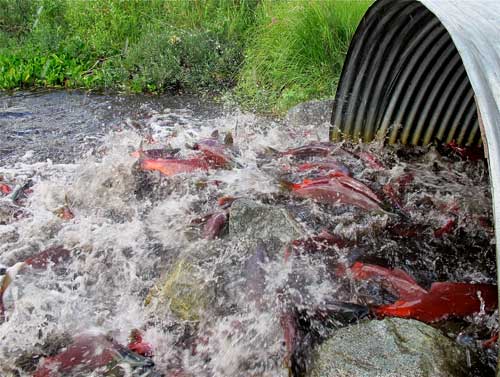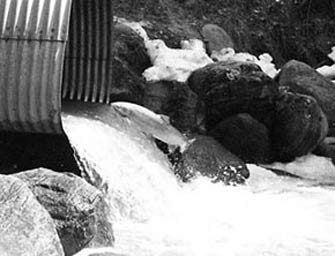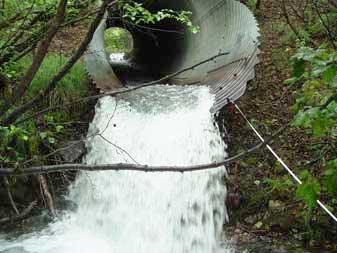Fish Passage Improvement Program
Alaska’s rivers, lakes and wetlands support an abundance of native fish that rely on the ability to move between habitats to grow and reproduce. Maintaining and restoring connectivity is important to maintain the populations of fish and other aquatic life.

The decline of salmon and trout populations in watersheds of the Pacific Northwest has been primarily caused by impacts to freshwater habitat. Urbanization and development has caused the destruction of some habitat while other habitat is currently unavailable to fish because of human-made barriers to movement. Adult fish must be able to reach spawning areas and juvenile fish must be able to move both up and downstream to feed and overwinter. The cumulative significant impact of thousands of dams, road culverts, and water diversions on fish has become increasingly apparent over the past few decades.


The population of Alaska has dramatically increased in the last two decades, especially in the Kenai Peninsula and Matanuska-Susitna Boroughs. Currently the road network throughout Alaska requires many thousands of fish stream crossings and new roads are built each year. If designed properly, bridges and culverts can have little or no adverse effects on fish passage, but poorly designed or inadequately maintained culverts block or impede fish movements through many of these crossings.
With a little care, Alaska’s roads can provide safe travel for people and safe passage for fish. If you would like more information concerning Fish Passage, please contact the Habitat Biologist, Alaska Department of Fish and Game.
